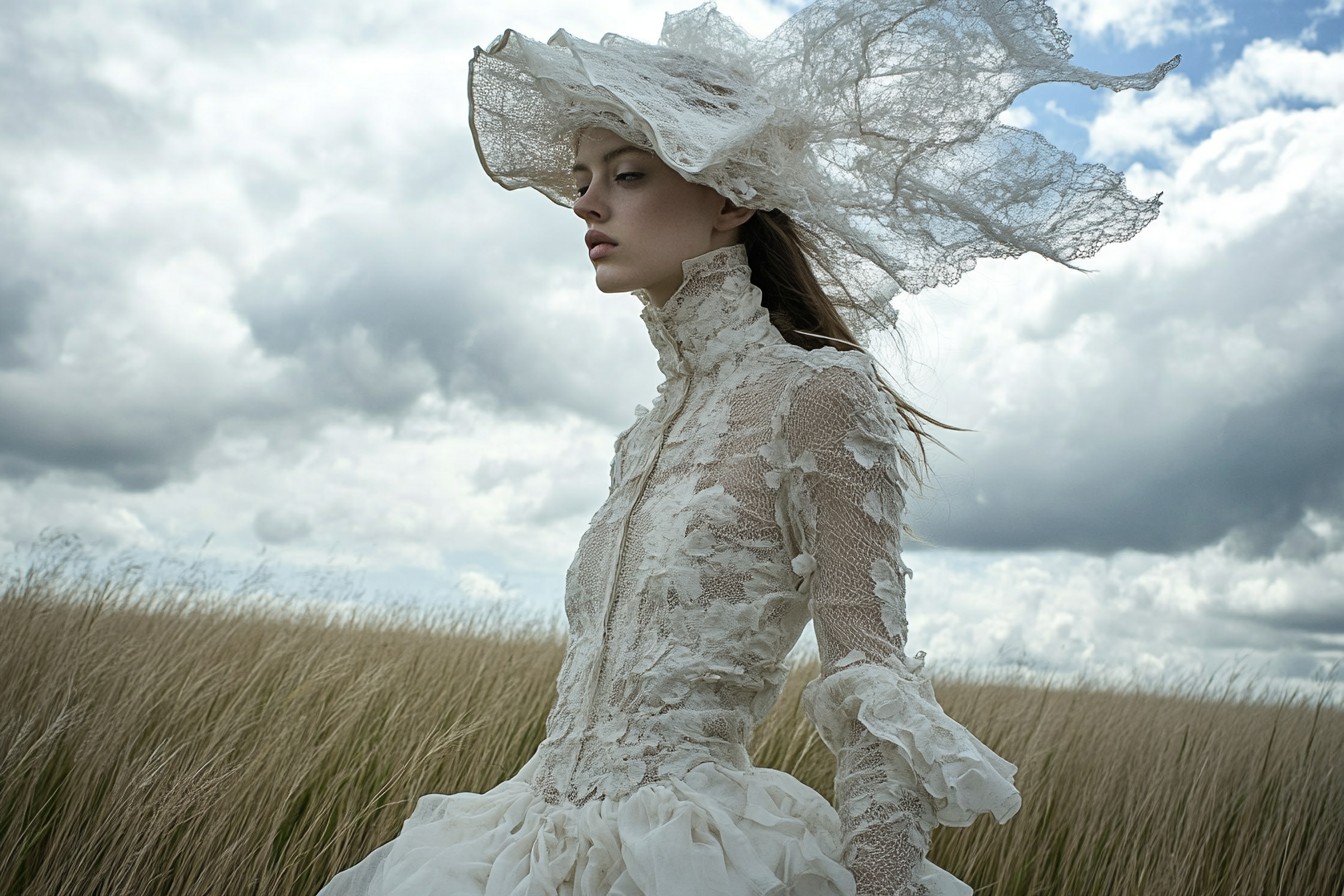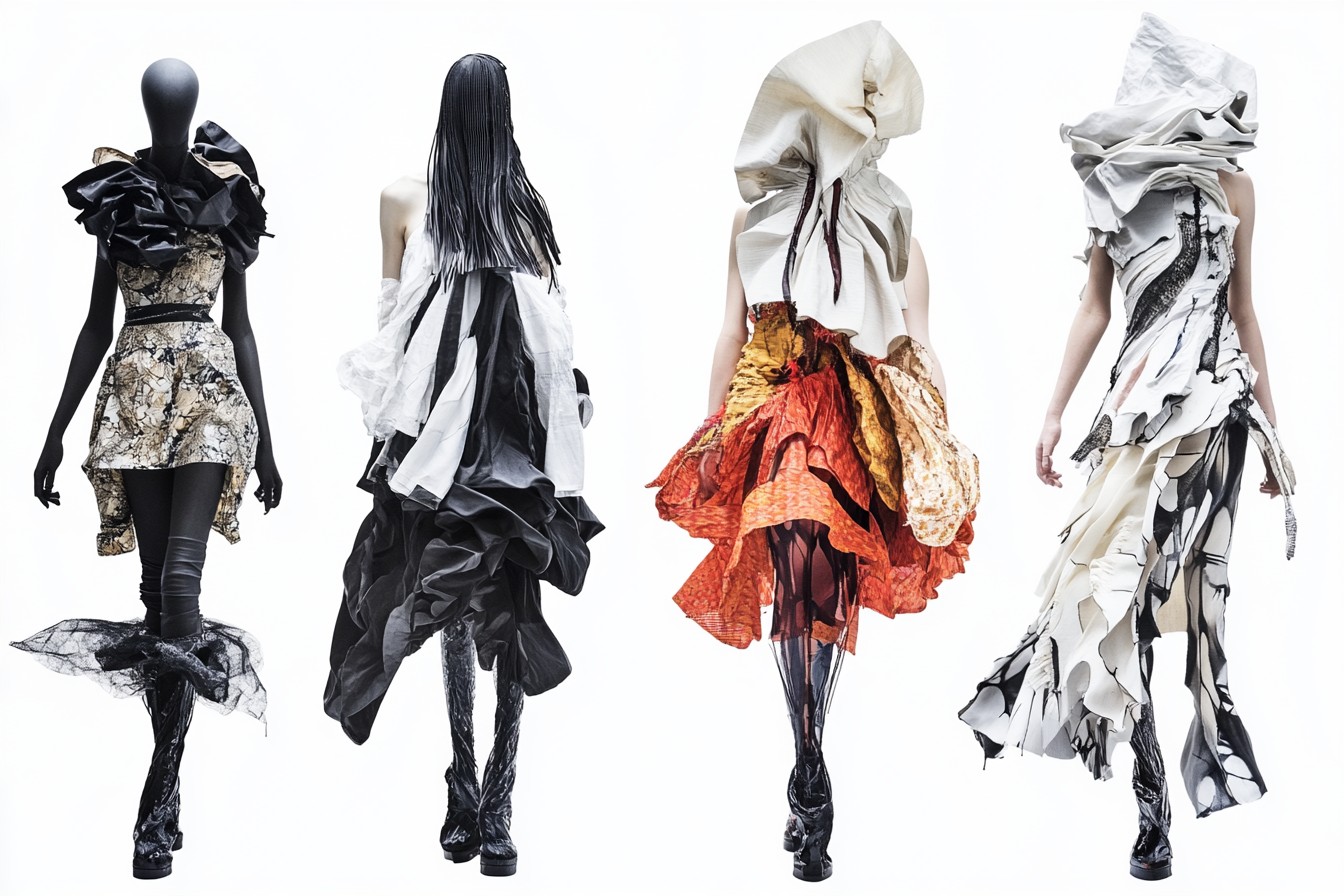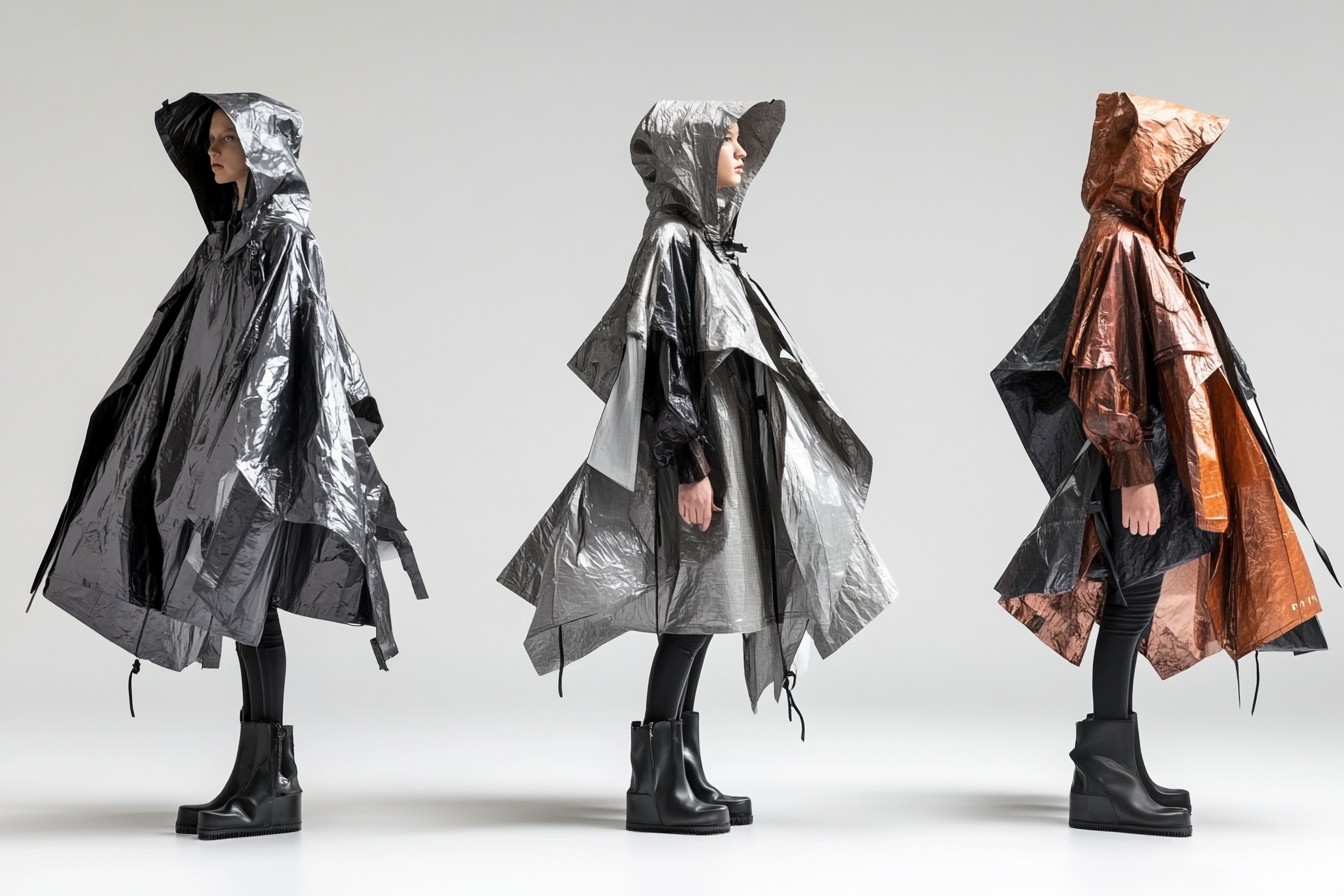Let me confess something straight away: despite writing a fashion column for years and cultivating what I like to think is a fairly discerning eye for style, I have a completely embarrassing weakness for the Cotswolds aesthetic. Yes, that deliberately cultivated, honey-stoned, lavender-bordered, straw-hat-and-Hunter-boots fantasy that populates a specific corner of Instagram every summer. The one that suggests its practitioners spend their weekends collecting eggs from photogenic chickens while wearing immaculate linen and discussing the restoration of their medieval barn conversion.
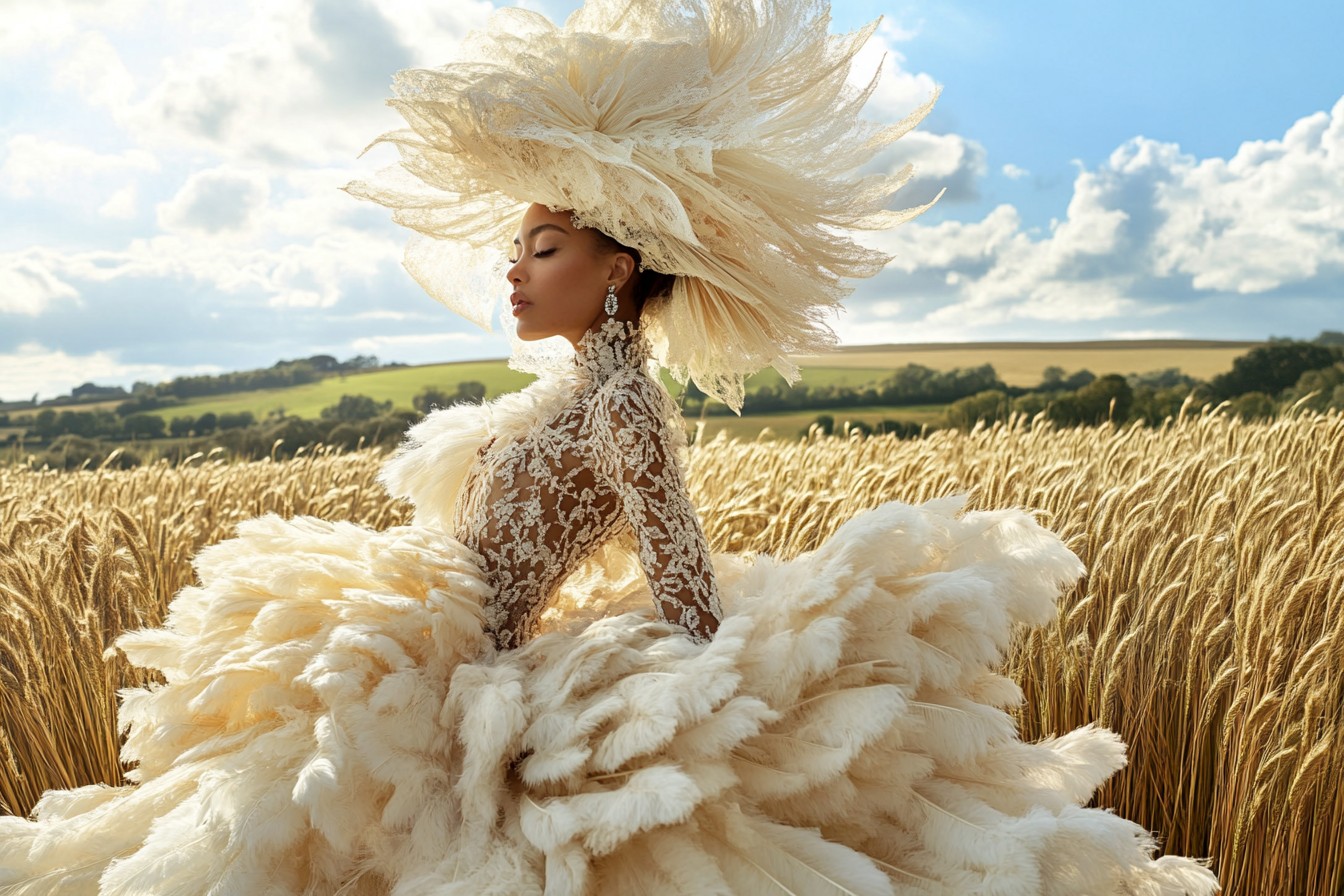
The reality of my summer? A sweaty third-floor flat in Peckham where the air conditioning consists of a Dyson fan pointed directly at my face, weekend trips to overcrowded Brighton beaches, and occasional house-sitting for friends with gardens just so I can experience the novelty of outdoor space. Yet somehow, I’ve managed to convince my Instagram followers (and occasionally myself) that I embody that quintessential English countryside glamour through strategic wardrobe choices and selective photography.
The irony isn’t lost on me that much of what we consider “Cotswolds style” is actually a carefully constructed aesthetic mostly enjoyed by Londoners who visit occasionally rather than year-round residents who are dealing with actual country living. Real farmers aren’t wearing £300 linen smocks to feed the chickens. The local pub isn’t actually full of beautiful people in artfully distressed denim and Panama hats. But the fantasy is seductive—a pastoral idyll updated for the Instagram age, promising an existence that’s simultaneously authentic and photogenic, wholesome yet luxurious.
The turning point in my Cotswolds style obsession came three summers ago when I was invited to a food writer’s birthday weekend at her actual Cotswolds home (I know, I hear how that sounds). I packed what I thought was an appropriately rustic-chic wardrobe, only to discover upon arrival that there’s an art to looking countryside-appropriate without veering into costume territory. My host and her friends—many of whom genuinely did split their time between London and various picturesque villages—had mastered that elusive sweet spot of looking simultaneously dressed-up and dressed-down, polished but not precious.
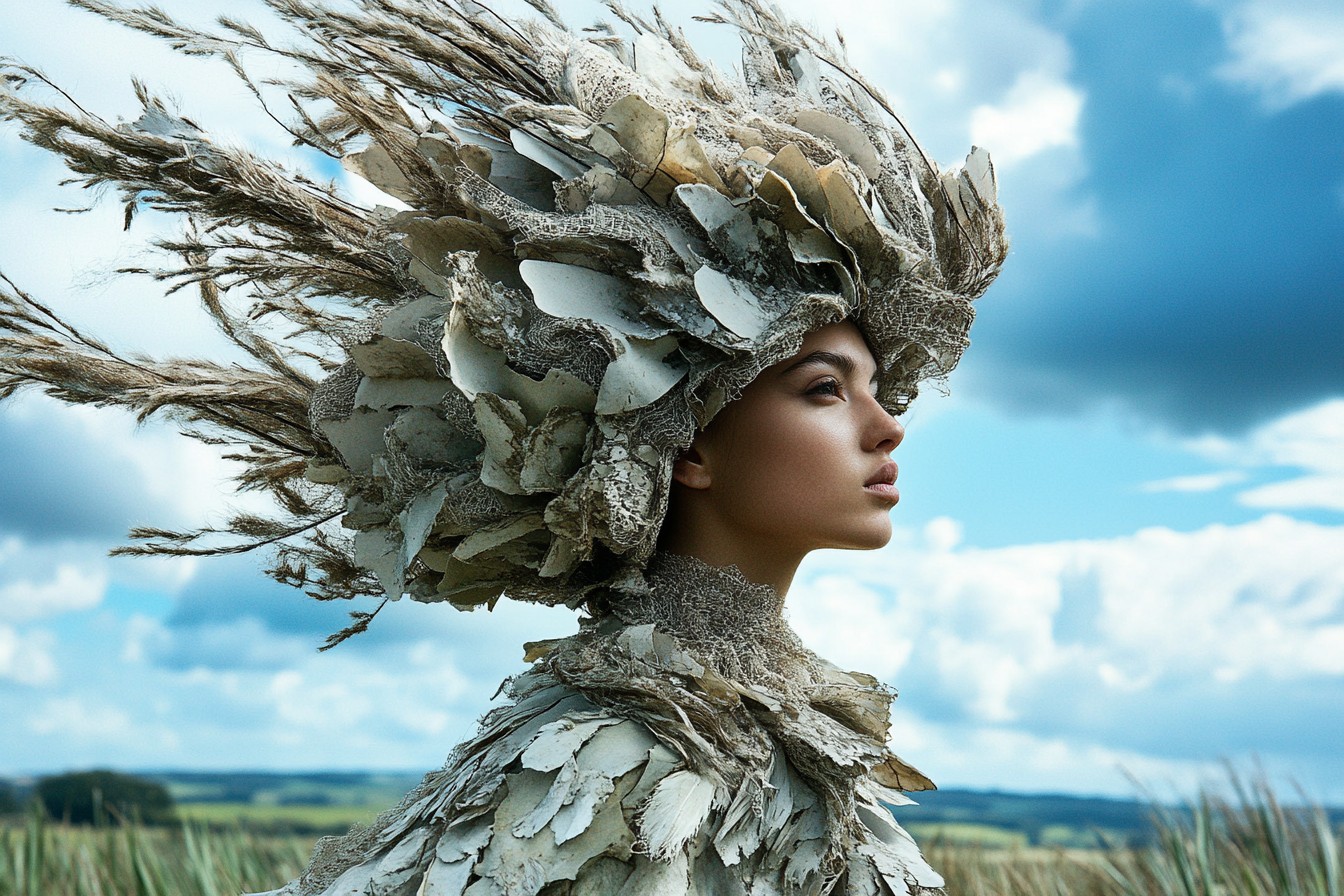
Their secret, I soon realized, was investment in specific hero pieces rather than going full theme-park with the look. Quality linen shirts rather than head-to-toe pastoral cosplay. Well-cut denim paired with one expensive statement item instead of trying to channel Emma Bridgewater as a complete lifestyle concept. There was an uncomplicated confidence to their approach that made my carefully curated “countryside” outfits feel slightly try-hard in comparison.
Since that gently humbling weekend, I’ve refined my approach to capturing that Cotswolds spirit without needing to actually own a wisteria-covered cottage or know the difference between various sheep breeds. Whether you’re planning an actual visit or simply want to infuse your urban existence with some carefully controlled pastoral charm, consider this your guide to looking like you summer in the Cotswolds—even if your reality is more concrete jungle than wildflower meadow.
First, let’s address the foundation of any credible Cotswolds wardrobe: linen. Not just any linen, but the right linen. Avoiding the extremes is key here—neither the aggressively crisp, hotel-bedding perfection nor the completely crumpled “I slept in this” approach works. The sweet spot is what I call “intentional rumple”—garments that have a lived-in softness while maintaining some structure. Pre-washing new linen pieces before wearing helps achieve this, as does opting for slightly heavier weights that don’t collapse into complete disarray after ten minutes of wear.
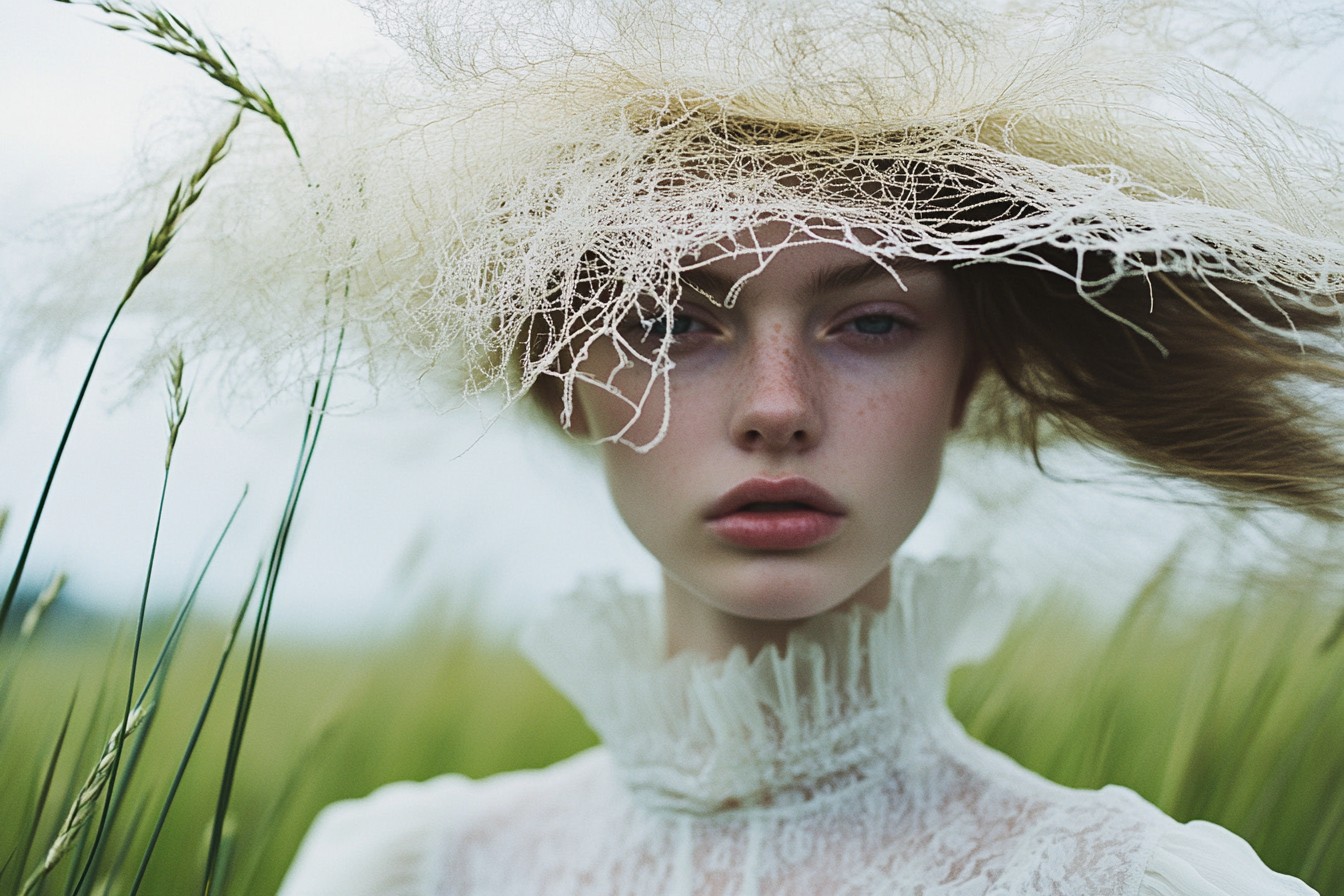
Color-wise, the authentic Cotswolds palette draws from the landscape itself—think wheat fields, limestone, faded terracotta, lavender, and soft greens. Stark white linen can look a bit “I’m on a yacht in Santorini” rather than “I’m deadheading roses at my Gloucestershire cottage,” so opt instead for oatmeal, ecru, or the palest blue. Block colors generally work better than prints, with the exception of the occasional vintage-inspired floral (ideally looking like something you might have inherited from a stylish great-aunt rather than purchased new).
The definitive linen piece—the one that instantly signals Cotswolds credibility—is the relaxed button-down shirt. Slightly oversized, with rolled sleeves and perhaps the top two buttons undone, it’s the cornerstone of that “I just threw this on to pick wildflowers but somehow look effortlessly elegant” vibe. Brands like Arket, With Nothing Underneath, and Frank & Eileen make excellent versions that won’t disintegrate after three washes. Men’s shirts often work better for this purpose—they’re cut more generously and have a nonchalance that women’s versions sometimes lack.
Next in importance comes denim—specifically, the right kind of jeans. Forget anything too urban, too trend-led, or too perfect. The Cotswolds jean is either a straight-leg style in a mid-blue wash with the slightest fade (as if naturally weathered rather than artificially distressed) or wide-leg crops that suggest gardening practicality while still looking deliberately chosen. Brands like Frame, Citizens of Humanity, and even certain M&S styles nail this particular sweet spot. The key is finding jeans that look like you might actually kneel in them to pick strawberries but could also wear to lunch at Daylesford Organic Farm Shop without looking out of place.
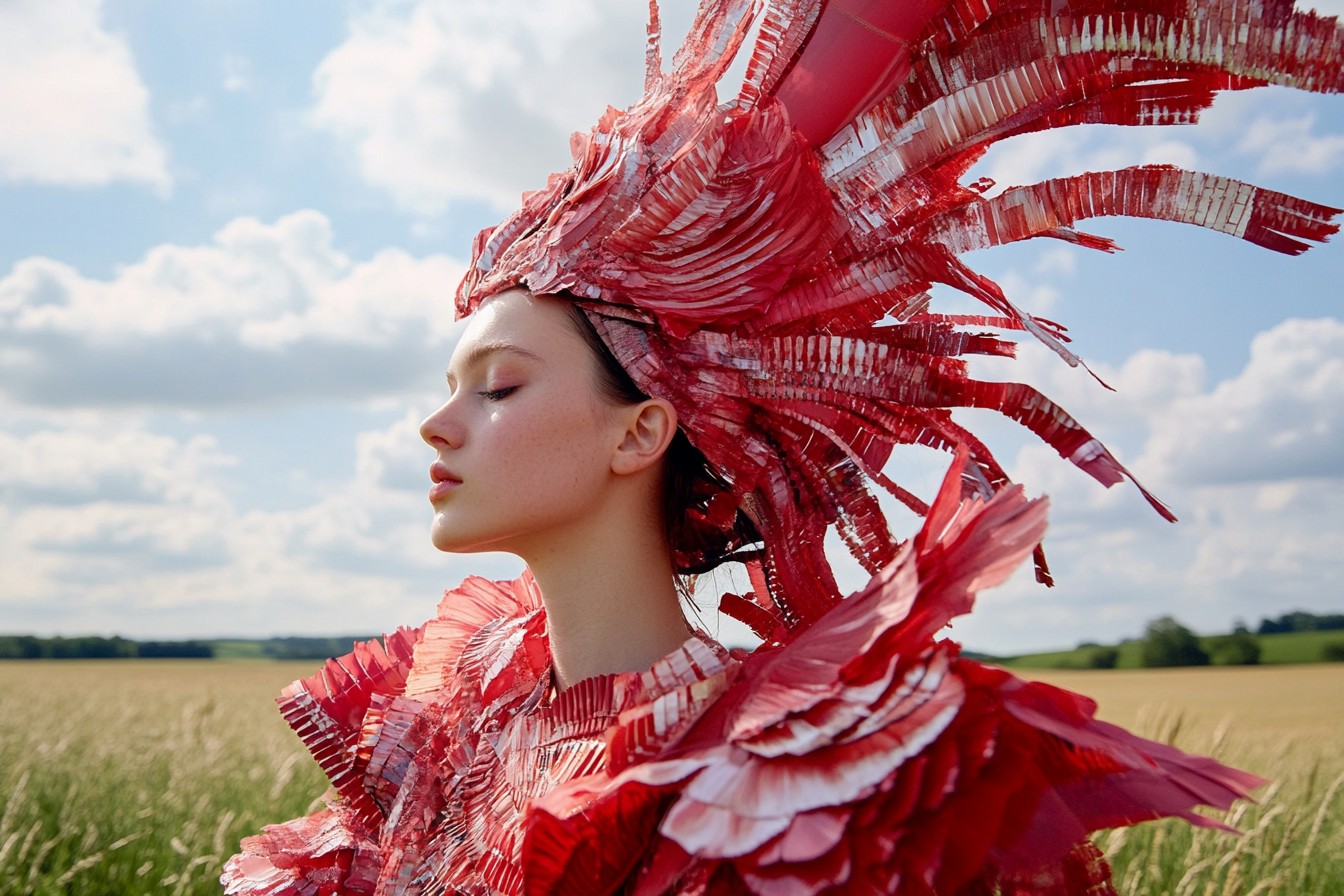
Knitwear forms another crucial component of the Cotswolds wardrobe, regardless of season (because let’s be honest, this is England—even August evenings require layers). The quintessential piece is the oversized neutral cashmere—draped over shoulders during golden hour or wrapped around oneself while watching the sunset from a garden with a glass of something local and artisanal. Navy, oatmeal, or sage green are the power players here. Brands like Toast and &Daughter specialize in exactly this type of knit—substantial without being bulky, luxurious without looking flashy.
For cooler days or early mornings, the waxed jacket remains the Cotswolds outerwear of choice—preferably looking like it’s witnessed at least a decade of country pursuits rather than fresh from the shop. Barbour is the obvious choice (the more weathered, the better), but brands like Troy London and The Workers Club offer excellent alternatives if you’re looking to avoid the most obvious option. The trick with waxed jackets is to wear them with something slightly incongruous to avoid the full “I’m off to shoot pheasants” look—pair with that linen shirt rather than a tattersall check, for instance.
Footwear presents perhaps the trickiest element of authentic Cotswolds style. The obvious choices—Hunter boots or Dubarry country boots—can veer into costume territory unless you’re actually trudging across muddy fields. Instead, the knowing approach involves leather sandals from ancient-looking brands like Grenson or Church’s, well-worn white trainers (Vejas or Supergas rather than anything too sporty), or in cooler weather, suede ankle boots with just enough wear to suggest countryside rambles without looking beaten up.
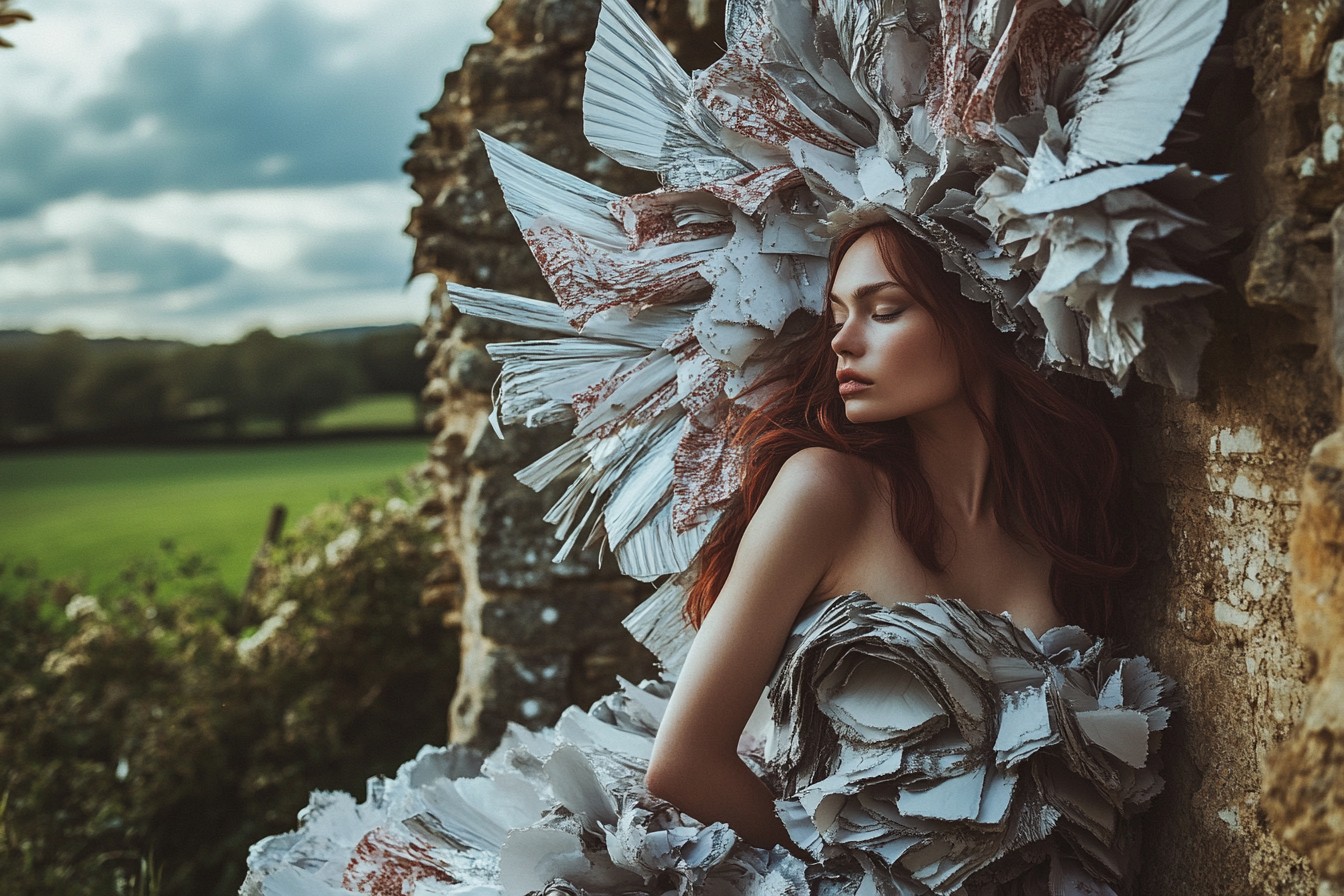
The accessories that complete this carefully calibrated look have a similarly precise balance to maintain. The straw hat is perhaps the most instantly recognizable Cotswolds signifier, but choose carefully—anything too pristine or too structured looks like costume. You want something that suggests it’s been tossed in the back of a Land Rover multiple times and possibly sat on once or twice, yet somehow still holds its shape. Brands like Lack of Color and Janessa Leone make excellent versions, or you could do as the true Cotswolds insiders do and pick one up from an actual market stall for £20 and then treat it with benign neglect until it achieves the perfect patina.
Bags follow similar principles—natural materials like canvas, woven straw, or worn leather, ideally looking like they might contain garden secateurs or farmers’ market purchases rather than just your phone and lipstick. The classic Longchamp Le Pliage works surprisingly well in this context, as do canvas totes from places like Labour and Wait or actual string market bags that cost approximately nothing but signal the right low-key approach to accessorizing.
Jewelry should be minimal and meaningful-looking rather than decorative—think single gold chains that suggest family heirlooms, simple stud earrings, perhaps a single ring with some sort of story attached. The vibe you’re aiming for is “I don’t really think about jewelry” while actually having given it very specific thought.
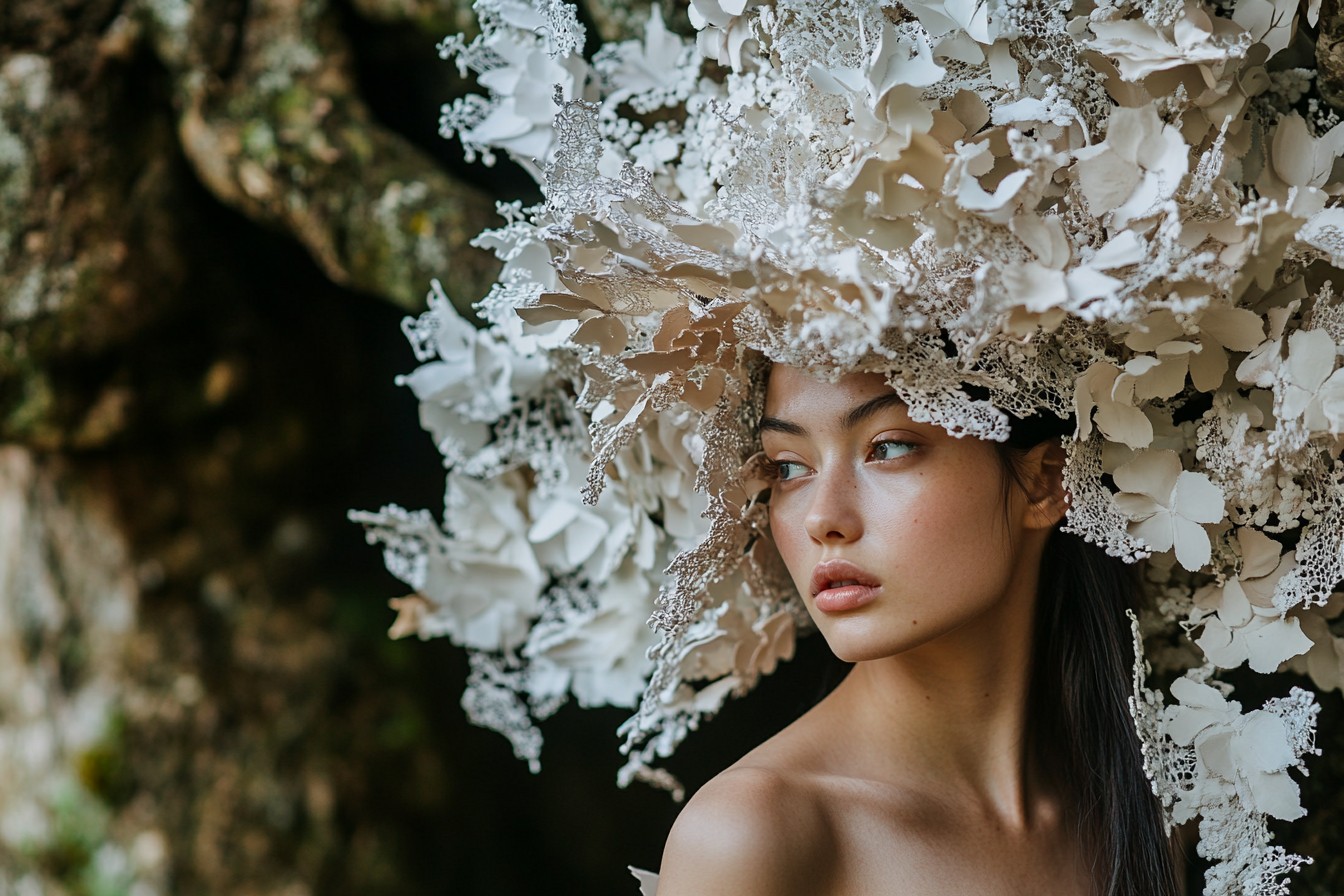
Understanding what to avoid is just as important as knowing what to include. Steer clear of anything too perfectly coordinated, too obviously expensive, or too trend-led. The authentic Cotswolds look involves pieces that appear to have lived interesting lives before reaching your wardrobe—or at the very least, don’t scream “I was purchased specifically for this aesthetic.” This means avoiding visible logos, obviously new items worn all together, or anything that looks like it’s trying too hard to be rustic (I’m looking at you, suspiciously pristine straw baskets with leather handles).
The final secret—and perhaps the most crucial—is mastering the art of high-low mixing. The most convincing practitioners of Cotswolds style pair legitimately expensive, quality pieces with items that could have come from anywhere. That ancient-looking linen shirt might be paired with wellies from the local garden center. The cashmere throw worn as a wrap could be draped over a simple cotton t-shirt from Uniqlo. It’s this unexpected combination that creates the sense of unconscious style rather than studied theme-dressing.
Of course, the ultimate accessory for authentic Cotswolds credibility would be a lovably scruffy dog—preferably something with an aristocratic lineage but slightly disheveled appearance, like a wire-haired dachshund or an elderly spaniel. However, since acquiring a pet purely for aesthetic purposes represents a new moral low even I’m not prepared to descend to, we’ll leave animals as optional extras rather than essential components.
The truth, of course, is that authentic style is never about slavishly following a formula. The most genuinely stylish people I encountered during my Cotswolds weekends weren’t thinking about “Cotswolds style” at all—they were simply dressing in a way that suited their surroundings and activities while remaining true to their personal taste. Their outfit choices were informed by practicality as much as aesthetics, which is perhaps the most genuine approach of all.
That said, there’s nothing wrong with a bit of sartorial escapism, especially when your reality involves more concrete than countryside. My own wardrobe now contains several pieces that would not look out of place in a photogenic Gloucestershire garden, even though they’re most frequently worn on my tiny London balcony while I pretend the neighbor’s potted herbs are my own flourishing kitchen garden.
Last summer, I wore my most convincing Cotswolds outfit—oversized linen shirt, straight-leg jeans, leather sandals, market basket—to meet friends for lunch in central London. One friend looked me up and down and said, “You look like you should be picking lavender somewhere.” I took it as the highest compliment while silently acknowledging that the closest I’d been to lavender that day was the hand soap in my bathroom.
Perhaps that’s the real appeal of this particular aesthetic—it suggests a life that’s simultaneously simpler and more luxurious than most of our realities, a fantasy of wholesome abundance where wellies and w
